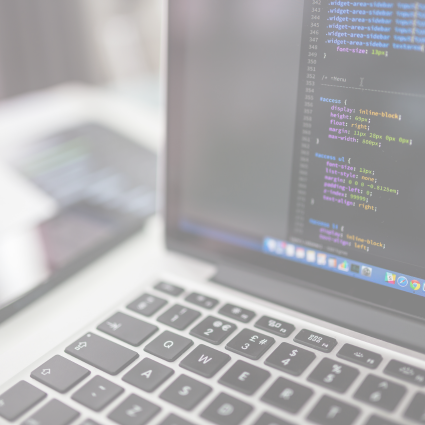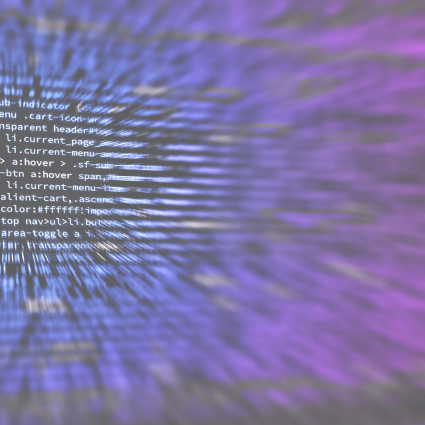Linux


August 23, 2023
An 11 Year Old Bug in the macOS popen()
Linux


November 10, 2021
How to Set up Firewall Rules with Firewalld
Linux


October 19, 2021
iPerf Version 2.1
Linux


September 28, 2021
How to Get Network Statistics with bmon
Linux


September 15, 2021
Linux for Network Engineers eBook
Linux


August 18, 2021
How to Execute Remote Commands with SSH
Linux


July 28, 2021
How to Use DNSping

Get your free trial
now
Monitor your network from the user perspective
Let's keep in touch


